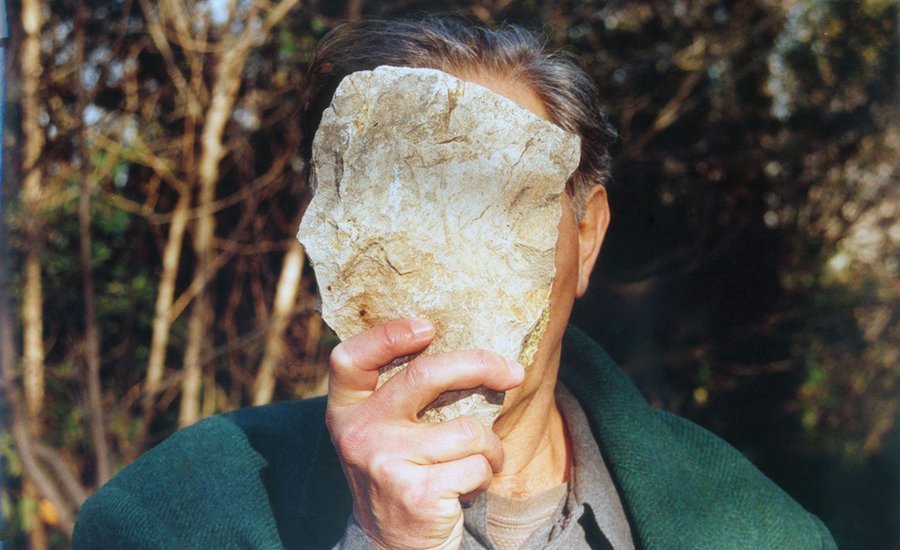Artspace has published an excerpt from an interview with Jimmie Durham conducted by curator and historian Dirk Snauwaert. Durham discusses political engagement in art, and the way his activist past has and has not informed his artistic practice. The full interview appears in Phaidon’s monograph on Jimmie Durham, which was originally published in 1995 but has been revised and expanded on the occasion of “At The Center of The World,” Durham’s first US retrospective in over two decades, which will open at the Whitney Museum in November (it has already appeared at the Hammer Museum in LA and the Walker Center in Minneapolis). Here’s a snippet from the interview:
Dirk Snauwaert: Do you think that your work as an artist gave you a different point of view on activism, and vice versa?
Jimmie Durham: Of course it must be true, but I never thought of it. People usually assume that I began as a political activist and then went into art. And if not, people often kind of assume that since I was a political activist, that must be more legitimate for me, that it’s more authentic for me in some way and that art is the same struggle with different weapons. The assumption is that there is a difference in working, but it’s not so different, actually. I don’t think it comes from something obvious like racism, but if you’re looking at a European or a white American or a white South African or something, who had a similar history as a political activist and artist, I think the assumption would always be the opposite: that this artist had a political situation confront him or her and had to react, which is the case of Athol Fugard, the South African playwright. He was just a playwright, but he was from South Africa so he was confronted by a situation he could not deny. And everyone understood that that was true. Everyone said immediately that his first job was artist, his second job was political activist. With me the assumption is that I began as a political activist and then chose art when the struggle failed. In New York and certainly in Europe, people have been surprised that I am a serious artist, that my art does not stop at the boundaries of identity struggles.
Image: Jimmie Durham, Self-Portrait Pretending to Be a Stone Statue of Myself, 2006. Via Artspace.
